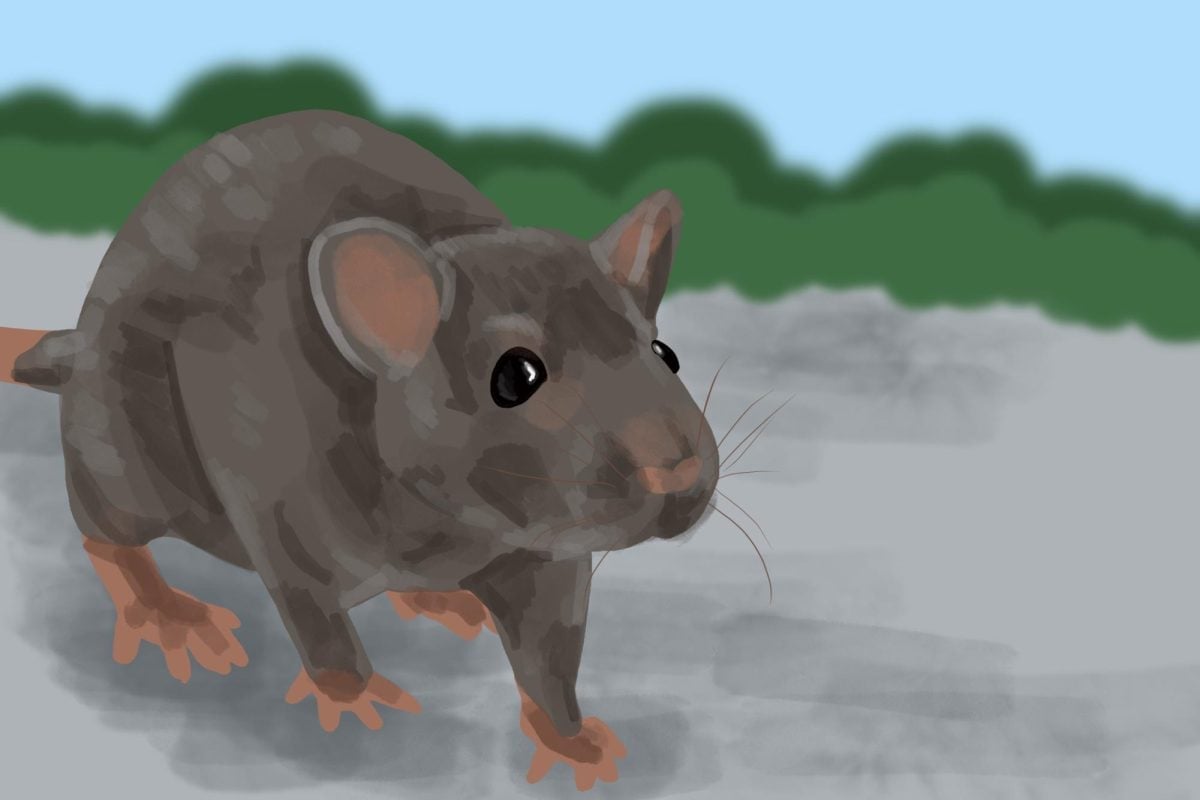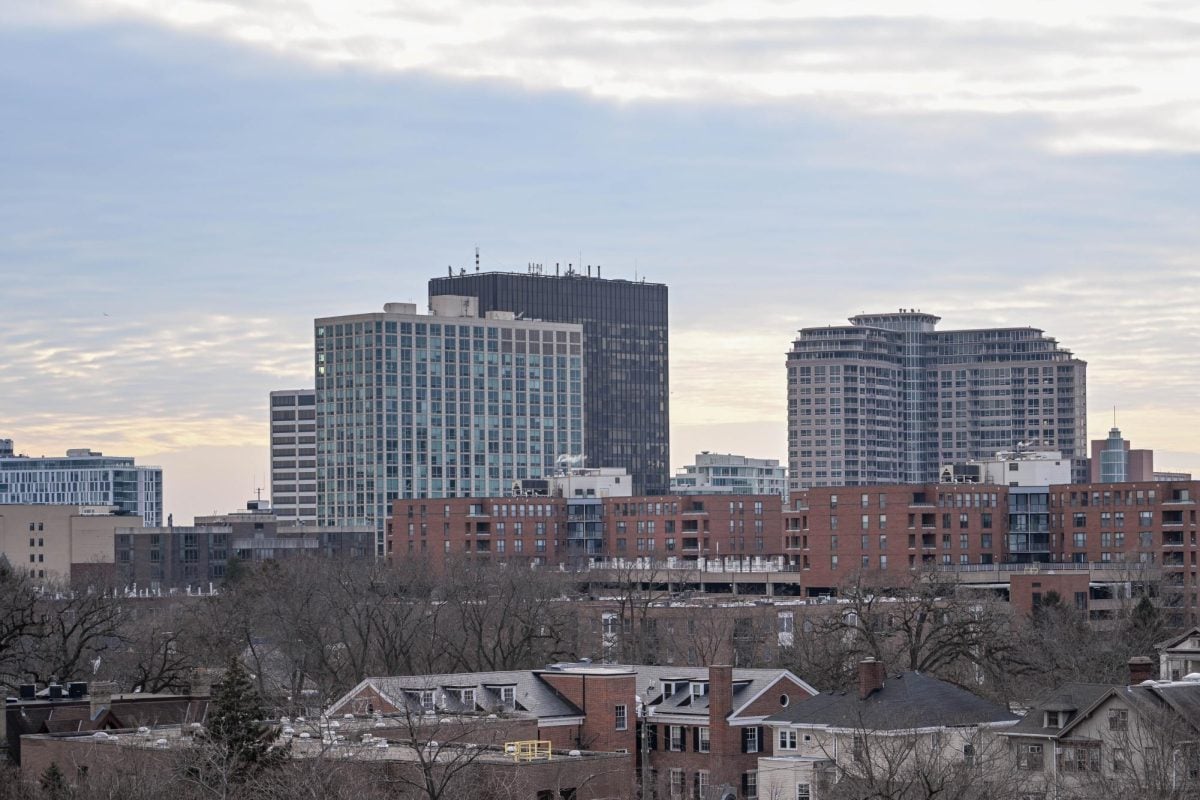City officials discussed their plans to offset a recent uptick in rat activity, specifically in the 6th Ward, on Thursday.
In September, the 6th Ward received an average of about eight rat complaints per week. In comparison, there were only about two complaints per week in January, according to a city news release.
One of the most significant factors causing the increase is likely this year’s historic cicada population. In April, two adjacent broods of cicadas emerged simultaneously for the first time since 1803, causing massive amounts of the insects to appear across the Chicago area.
About a month after emerging, they begin to die off, providing rats with a large amount of food, according to the University of Illinois Extension. This likely explains why, between the weeks of May 28 and June 4, weekly rat complaints in the 6th Ward increased by five.
Another notable factor is the current construction at Ryan Field, Public Health Manager Greg Olsen said.
“Anytime we have any sort of water main repair or sidewalk repair, any sort of digging or excavating under the ground, since that’s where rats live, they’ll feel that vibration, and they’ll get spooked, and they’ll pop up, and they’ll be more active trying to run away from it,” Olsen said.
According to Olsen, it is difficult to tell exactly where in the city the rat population is highest. He said that much of the information on rat density is based on resident complaints, and not all rat sightings are reported.
Olsen urged residents to report any rat sightings to 311, which includes a call center and online citizen support center.
“We know there are rats out there. But if people don’t call into 311, we don’t know where they are,” he said.
The city has measures in place to deal with the problem, such as using bait boxes and injecting carbon dioxide into rat burrows. Still, according to Olsen, defeating the rodents will be a “community effort.” In addition to reporting sightings, he encouraged residents to do what they can to repel rats, including taking down bird feeders and dealing with trash.
Audience member Christina Bueno expressed concerns about how much her own efforts may cost. Bueno said that because she has a dog, she doesn’t want to inject “poison” into the ground at her house. Forbes estimates that hiring an exterminator for a rodent problem can cost anywhere from $200 to $1,200, with the average cost being $350.
“I wish that the city would pay us for any of the amounts of money that we’re putting into dealing with this problem,” Bueno said at the meeting. “There are other ways to deal with it, and I have my own ways of dealing with it through an exterminator. Can’t the city pick up my tab?”
Wilmette, unlike Evanston, has been offering its residents rat control services at zero out-of-pocket costs since Aug. 19. Ald. Thomas Suffredin (6th) said the city is trying to figure out how to implement something similar.
“In situations like this, where there’s an identifiable public good to individual residents taking measures, there should be some sort of form of reimbursement,” he said. “We’re trying to learn from all the communities around us and how we can do this better.”
Email: femihorrall2027@u.northwestern.edu
Related Stories:
— ‘Rattiest’ no more: Residents gain ground in Evanston battle against rodents
— Rats! Increased numbers of rodents infiltrate Evanston homes, businesses
— ‘The rattiest block’: Downtown Evanston experiences post-pandemic rat frenzy







